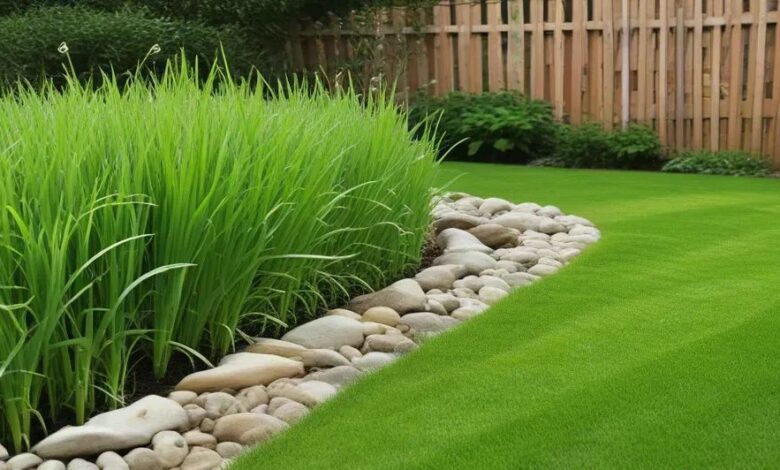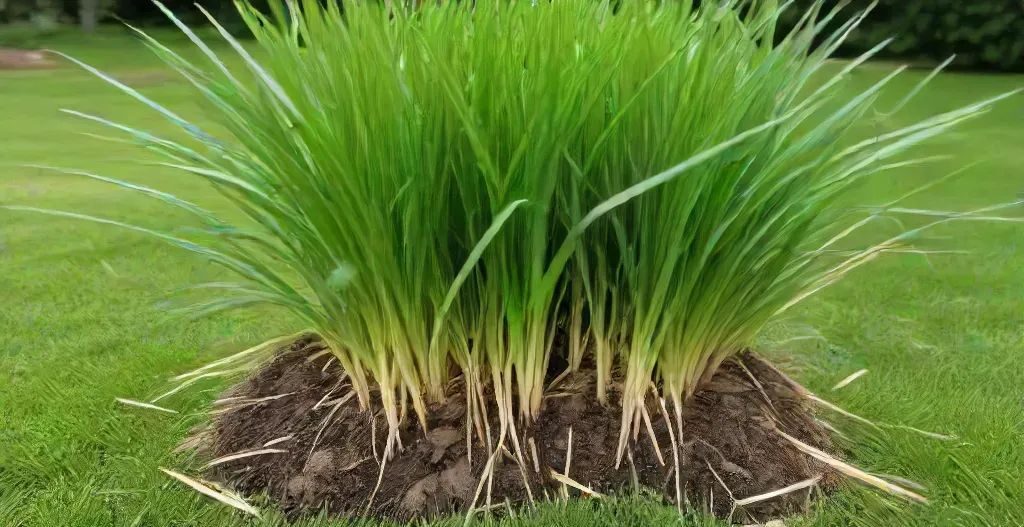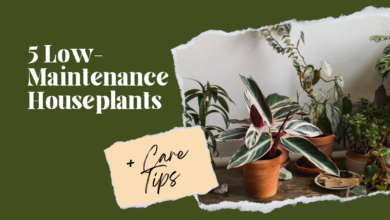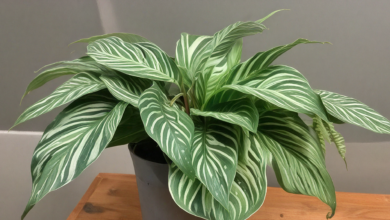Lemongrass Cultivation and Grower Guide: An Invigorating Planter for Your Yard
Growing lemongrass is a satisfying experience for gardeners of all skill levels. Learn how to grow them!

A pleasant addition to any garden, lemongrass has a refreshing perfume and is adaptable in the kitchen. It has therapeutic qualities, is a natural insect repellant, and is useful in the kitchen. Growing lemongrass is a satisfying experience for gardeners of all skill levels. Everything you want to know about growing this aromatic herb in your own garden is covered in this detailed guide.
How To Grow Lemon Grass

Choosing the Right Location
Lemongrass is a tropical or subtropical plant that does best in hot, sunny environments. Make sure the area gets six to eight hours of sunshine every day when you choose a spot to plant. Also, make sure the soil drains adequately before planting to avoid root rot caused by waterlogging.
Preparing the Soil
Soil preparation is a must before planting lemongrass. The ideal soil for lemongrass is somewhat acidic, with a pH of 6.0 to 7.5, and rich in organic materials. Soil fertility and texture can be enhanced by adding compost or well-rotted manure. Heavy clay soils are not ideal for root growth, so try to avoid them if you can.
Propagation Methods
It is possible to grow lemongrass from seed, cuttings, or stalks. Although there are seeds available, most gardeners find that seeds aren’t always easy to germinate, so they opt to propagate plants by stalks or division instead.
Division
Split a clump of lemongrass that has already grown by gently pulling apart the stalks at the base. Attached to each division should be a section of the root system. Plant the cuttings straightaway in the amended soil, being sure to leave a good 24 inches of distance between each one to promote healthy development.
Stalks
Go to a grocery shop or a nursery and get some fresh lemongrass stalks. Cut off the top part, being sure to save approximately six inches of the base. Soak the stalks for a minute or two before planting them in the ground. Completely water the soil after planting.
Tips For Caring For Lemongrass
While lemongrass needs little in the way of upkeep once planted, it does benefit from consistent attention for the best possible growth and flavor.

Watering
Soil that is constantly damp is ideal for lemongrass, particularly when it is growing. When the top inch of soil feels dry, water deeply; however, be careful not to overwater, as this might cause root rot. To keep the soil from drying out in hot weather, water more frequently.
Fertilization
For optimal development, apply a balanced fertilizer monthly during the growing season. You might also use compost as a monthly top-dress to naturally restock soil nutrients.
Mulching
Mulching prevents soil from drying out, keeps weeds at bay, and controls the soil’s temperature. To keep the lemongrass plants from rotting, cover their bases with an organic mulch like straw or shredded bark. Be sure to leave a few inches of room around the stems.
Pruning
To keep the plant looking healthy, remove any leaves that are yellowing or dead on a regular basis. To avoid crowding and promote new development, cut back excessive clusters as well.
Harvesting Lemongrass
Once the lemongrass has grown to a height of 12-24 inches, which usually takes approximately 3-4 months, it is ready to be picked. Use sharp scissors or pruning shears to clip the stalks at the base for harvesting. In addition to preventing the plant from turning woody, harvesting promotes fresh development.
Culinary and Medicinal Uses
Soups, curries, stir-fries, and marinades could all use a jolt of lemongrass’s zesty taste. Before using the lower half of the stalks in your recipes, just chop or bruise them to release their fragrant aromas.
Lemongrass has many therapeutic purposes in addition to its culinary ones. There are chemicals in it that can reduce inflammation, protect against free radicals, and kill bacteria. If you’re suffering from indigestion, anxiety, or a weak immune system, try drinking some lemongrass tea.
Conclusion
Aside from its many uses in cooking, medicine, and aromatherapy, growing lemongrass is an enjoyable hobby. This multipurpose herb can be successfully grown in your own backyard with the correct circumstances and attention. Whether you’re a seasoned green thumb or just starting out, growing lemongrass is a great way to improve your garden and your food.







